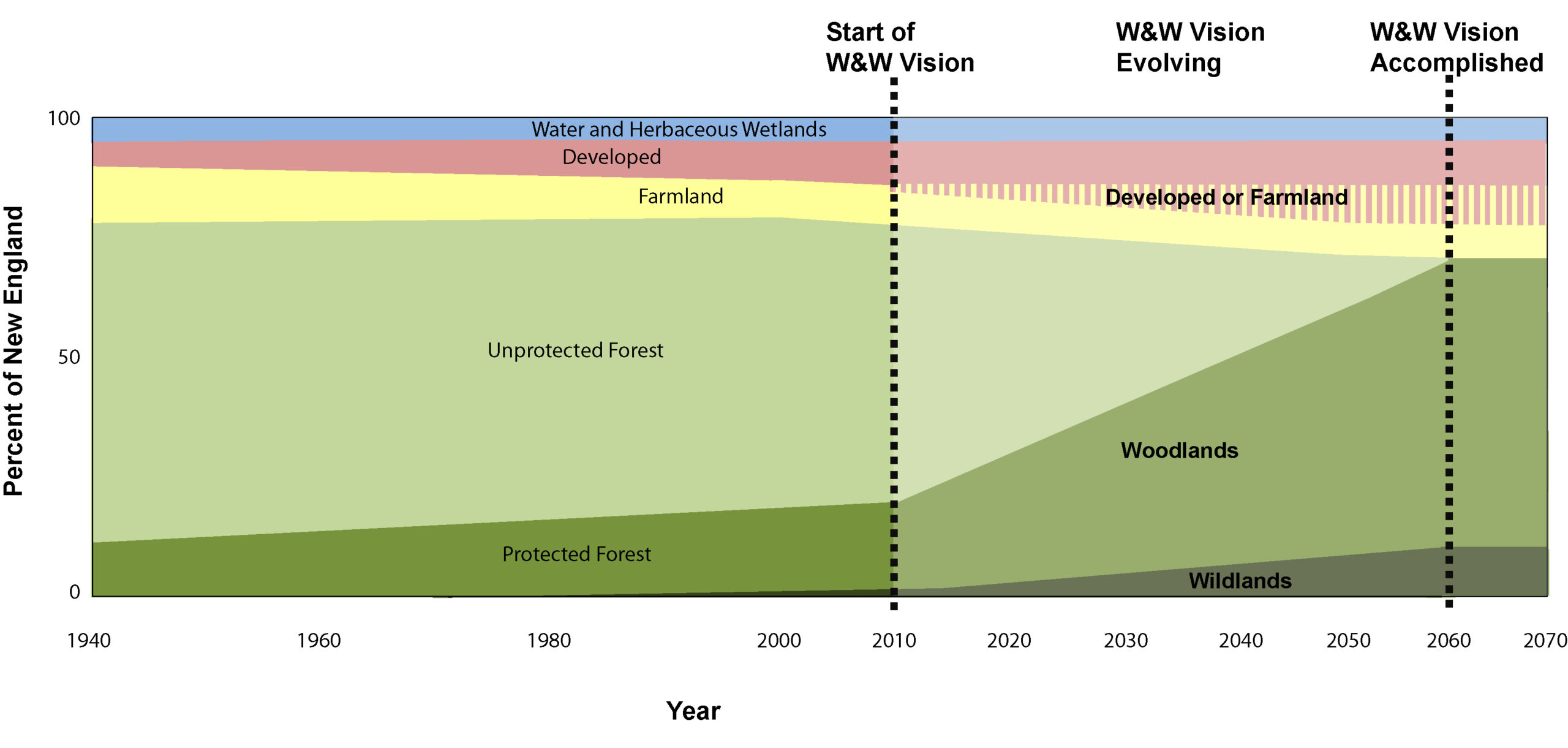Scientific Graphics
Please click on an image to see enlargement and Esc to return to normal size.











Citations:
Foster, David R. 2017. A Meeting of Land and Sea: Nature and the Future of Martha’s Vineyard. Yale University Press.
Duranleau, Deena L. 2009. Flexible Sedentism: The Subsistence and Settlement of Coastal New England and New York. Ph.D. thesis, Harvard University.
Guswa, A. J., Hall, B., Cheng, C., Thompson, J. R. 2020. Co-designed Land-use Scenarios and their Implications for Storm Runoff and Streamflow in New England. Environmental Management 66: 785–800.
Orbay-Cerrato, M. E., Oswald, W. W., Doughty, E. D., Foster, D. R., Hall, B. R. 2016. Historic grazing in southern New England, USA, recorded by fungal spores in lake sediments. Vegetation History and Archaeobotany 26: 159-165.
Oswald, W. W., Foster, D. R., Shuman, B. N., Doughty, E. D., Faison, E. K., Hall, B. R., Hansen, B. C. S., Lindbladh, M., Marroquin, A., Truebe, S. A. 2018. Subregional variability in the response of New England vegetation to postglacial climate change. Journal of Biogeography 45: 2375–2388.